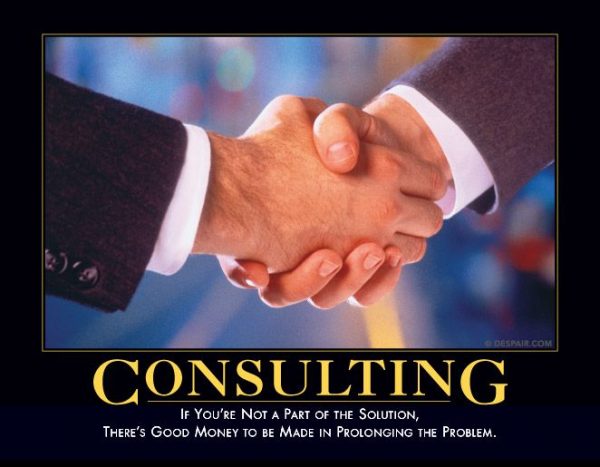The Process
Empathise by putting self in the current state of users or of things. See the problem as a user (employee), not as management or Human Resource Personnel. In the position of a user, answer the question: what are the problem areas? At this stage welcome all ideas. Also, list as many user/Organisational problems/issues you can possibly come up with or conjure.
Next is to define the problem areas or listed Organisational issues. Identify the stakeholders responsible for the respective areas. No doubt, similarities will abound in listed problem areas. It will be necessary then, to cluster problems by placing similar ones in the same bucket. A problem statement will now be fashioned. Note, it is important to put a persona to the identified stakeholders.
Clustered problems may now be summed up. Actionable solutions are attached to the identified problems i.e. how to solve the problems to enable employees get the desired experience. The best option from listed actionable solutions for each identified problems in the stages is identified. Lastly and very importantly, whatever ideas are arrived at is tested for validity before being deployed. This exercise may be carried out across the Organisational value chain to ensure and guarantee holistic employee experience within an Organisation.
Illustration – Using ‘The Process’ to Drive Employee Policy Experience
In all stages of the process, effort must be made to spot the problems through the eyes of the people and also solve problems through the same people.
Empathy: Through empathy from a user point of view, ask and answer the questions: what is the current journey state of policies within the organisation? What is wrong or what are the problem areas?
- Policies are: management-centred; not employee-friendly; often rigid and not flexible; bureaucratic (non-human face to policies); poor on-boarding process amongst many others
Definition of the problem: Based on listed problems, a definition can be: Management centred policies and poor implementation.
Cluster all Problems: From problems stated, the points: a) not employee-friendly and b) non-human face to policies are similar and can be placed in the same bucket. On and on it goes until all listed problems are clustered in their appropriate listings.
Problem Statement: The derived problem statement then is: To be able to create employee centred policies by breaking down the bureaucracy and rigidity in policy development and implementation towards improving the employee experience.
Adding Persona to Stakeholders – In this illustration, Management can be termed as ‘control centred’, Human Resource regarded as ‘excessively tactful and diplomatic’ while employees are ‘highly entitled’.
Actionable Solutions: Solutions to identified problems are listed. Some of which could be: (1) conduct a survey at the beginning of each financial year; (2) collate ideas aimed at re-evaluating/re-vamping policies; (3) policies should be people-centred (communicate, work with employees); (4) policies should be communicated in a simple, concise, clear and unambiguous way; (5) policies should be prioritised at the induction stage during onboarding; (6) periodic evaluation/audit of policies towards improving the employee experience; (7) employees should have access to policies through digital platforms e.g chat pods.
Next, it is proper to identify the best options from listed actionable solutions via prototyping. Finally, test for validity before deploying. Processes are for the employees. It is necessary they have some say in it. Unorthodox? People and processes have now gone beyond the traditional thinking to the metaphorical thinking outside the box.
Lean Sigma and Design Thinking, could there be a Link?
The former sees the big picture. It shows an understanding of career aspirations through focusing on process excellence and expertise resulting in overall business success. It entails delivering value the right way, at all times, finding and eliminating waste within the process while increasing efficiency. The goal of which is to create a safer and better work environment at lower cost through less complex processes towards increased work speed and efficiency.
While the latter entails designing a work environment that enables employees to get the desired experience through driving employee experience across an Organisation’s internal processes, this entails adopting the mindset of a designer towards improving work processes, employee experiences in a bid to add value, develop and advance the Organisation towards increased productivity and greater financial turnover.
In a combined definition, DT and LS are design processes aimed at enhancing and ensuring employee experience through collaboration, co-creation and communicating with the employee while at the same time ensuring to eliminate waste/duplicity in organisational internal processes, simplify the process, save cost, towards increased efficiency, productivity and organisational advancement.


